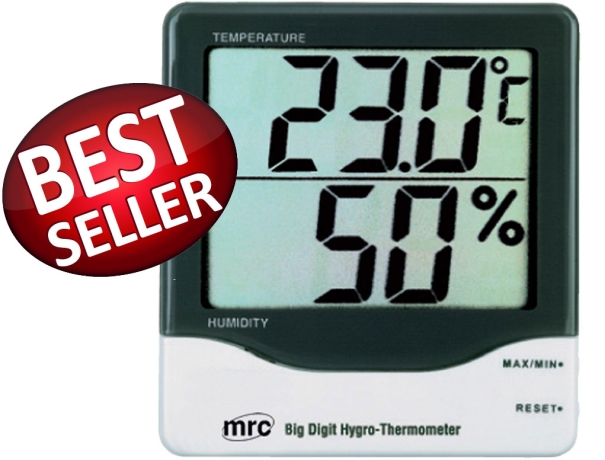Humidity and temperature are crucial factors to consider for maintaining a comfortable indoor environment. They affect the air quality, human comfort, and even the lifespan of some materials. Humidity temperature meters are essential tools that measure both humidity and temperature levels in a given space. This article will provide a comprehensive guide for buyers looking to purchase humidity temperature meters.
Understanding Humidity and Temperature
Before delving into the details of humidity temperature meters, it's crucial to understand the basics of humidity and temperature. Humidity refers to the amount of water vapor in the air, while temperature refers to the degree of hotness or coldness of a space. Humidity and temperature are related, and changes in one can affect the other. For example, high humidity levels can make a room feel warmer than it actually is.
Factors to Consider When Buying Humidity Temperature Meters
When buying humidity temperature meters, it's essential to consider the following factors:
Accuracy
Accuracy is the most crucial factor to consider when buying humidity temperature meters. It's essential to choose a meter with a high level of accuracy to ensure that the readings are correct.
Range
The range of a humidity temperature meter refers to the minimum and maximum levels of humidity and temperature that it can measure. It's important to choose a meter with a wide range to cover all the possible conditions in a space.
Calibration
Calibration is the process of adjusting the meter to ensure that it gives accurate readings. It's crucial to choose a meter that is easy to calibrate or comes with a calibration certificate.
Display
The display of a humidity temperature meter should be easy to read and provide clear readings of both humidity and temperature levels.
Durability
Humidity temperature meters are often used in harsh environments, so it's essential to choose a meter that is durable and can withstand rough handling.

How to Use Humidity Temperature Meters
Using a humidity temperature meter is a straightforward process. Here are the steps:
- Turn on the meter and wait for it to stabilize.
- Hold the meter at the desired height and location in the space you want to measure.
- Read the humidity and temperature levels on the display.
- Record the readings or transmit them to a central device if using a wireless meter.
What are some common applications of humidity temperature meters?
Humidity temperature meters are used in various settings, including homes, offices, hospitals, museums, laboratories, and manufacturing facilities. They are useful for maintaining optimal air quality, preventing mold growth, and ensuring the safety of sensitive equipment and materials.
Temperature And Humidity Meter for laboratory
Temperature and humidity meters are Measuring Instruments for laboratory settings where maintaining precise environmental conditions is critical for experiments and testing.